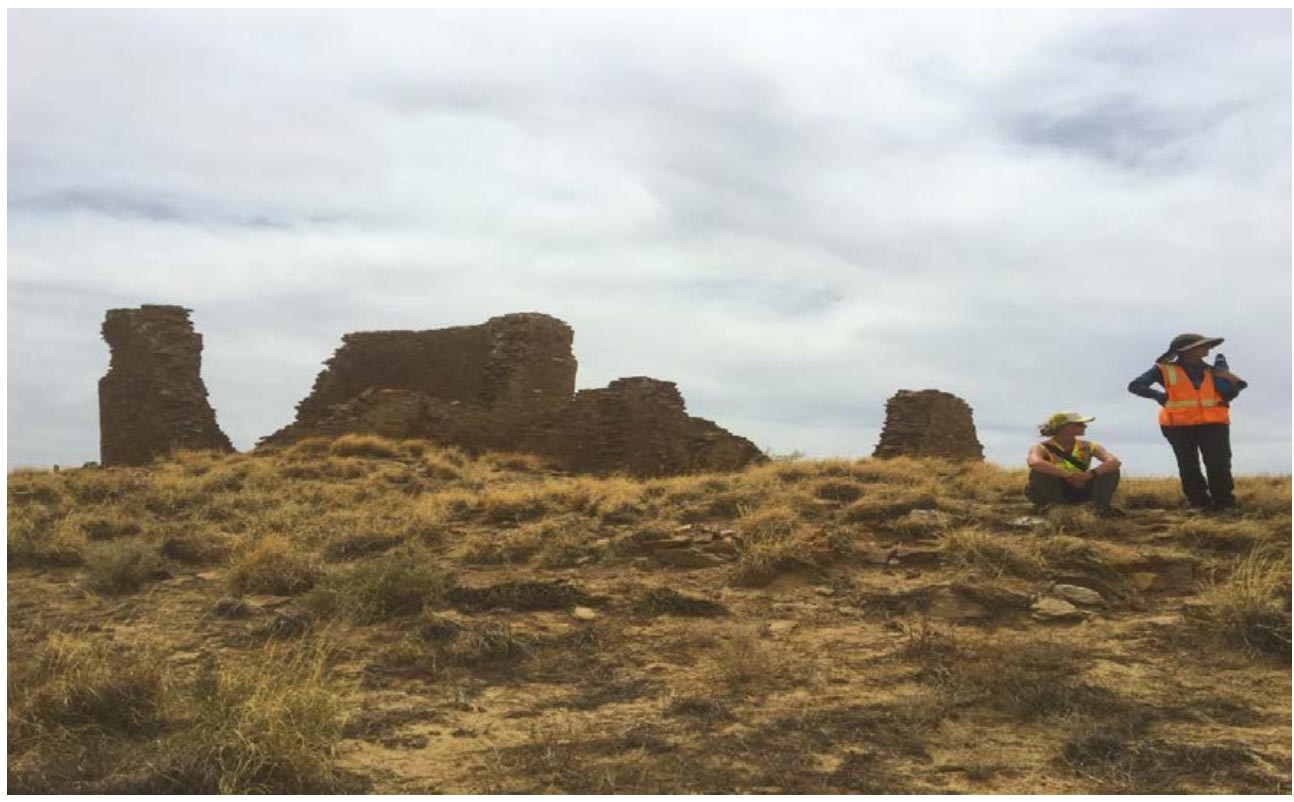Visiting Assistant Professor of Biological Anthropology
 552 Lamar Hall
552 Lamar Hall
(662) 915-3427 | aodonne@olemiss.edu
Office Hours
By appointment
I am a Southwest Bioarchaeologist and dental anthropologist. I grew up in Tucson, Arizona and have been basically obsessed with anthropology since 3rd grade. That year I discovered Donald Johansen’s book, Lucy: The Beginnings of Humankind. As a Tucsonan and a student at the University of Arizona I felt like it would be expected that I become a Southwest Archaeologist. So, predictably, I did everything I could to avoid becoming a Southwest Archaeologist. However, these attempts ultimately failed (and were feeble at best) and I ended up volunteering with a company specializing in Southwest Archaeology and at the Arizona State Museum; the rest, as they say, is history.
I received my B.A. in Anthropology with a focus on Archaeology from the University of Arizona in 2008. In 2016 I earned an M.S. in Evolutionary Anthropology from the University of New Mexico and in 2019 I received my PhD in Anthropology with a focus in Archaeology, also from the University of New Mexico.
I have worked on projects in Belize, Colombia, Mexico, the American South, and the American Southwest. I have worked in various museums in New Mexico and Arizona and in a variety of public archaeological contexts as a bioarchaeologist.

Research
My research focus is on inequality and marginalization and their impacts on individual and group health, as well as migration and its impacts on health. I use a biocultural approach to address my questions. Much of my research has focused on migrations and population movements in pre-contact (pre-Spanish) New Mexico. I am currently working on a collaborative project examining migration using dental morphology in concert with aDNA and isotopic data from turkeys and dogs in the Middle Rio Grande region of New Mexico.
Additional research that I am pursuing addresses how skeletal lesions form, whether they differentially impact the risk of death in individuals, and whether they are associated with specific causes of death. I am currently focusing on two lesions that indicate an individual suffered stress or illness during childhood growth and development: porotic hyperostosis and cribra orbitalia. I am working to address this both bioarchaeologically and in contemporary individuals. With regard to contemporary individuals, I am collaborating with colleagues and collecting data from CT scans for individuals who died in New Mexico from 2011 to 2019.
I am also working on a more local collaborative project, where I am using my training as a bioarchaeologist to examine health and biological variation in individuals from Asylum Hill, a historic cemetery located in Jackson, Mississippi.
Selected Publications
O’Donnell L, Hill EC, Anderson AS, Edgar HJH. 2020. Cribra orbitalia and porotic hyperostosis are associated with respiratory infections in a contemporary mortality sample from New Mexico. Accepted American Journal of Physical Anthropology August 2020.
O’Donnell L, Meyer JV, Ragsdale CS. 2020. Trade relationships and gene flow at Pottery Mound Pueblo, New Mexico. 2020. American Antiquity. 89(3):492-515.
O’Donnell, L. (2019). Indicators of stress and their association with frailty in the precontact Southwestern United States. American Journal of Physical Anthropology, 1-14. doi:10.1002/ajpa.23902
O’Donnell, A., & Ragsdale, C. S. (2017). Biological Distance Analysis and the Fate of the Gallina in the American Southwest. KIVA, 83(4), 515-531.
O’Donnell A, Daneshvari S, Edgar HJH. 2017. Can cephalometrics discriminate between the sexes in a diverse juvenile sample? Journal of Forensic Sciences. 62(3):735-740.
Edgar HJH, Willermet C, Ragsdale CS, O’Donnell A, Daneshvari S. 2015. Frequencies of rare incisor variations reflect factors influencing precontact population relationships in Mexico and the American Southwest. International Journal of Osteoarchaeology. 26 (6):987-1000.
